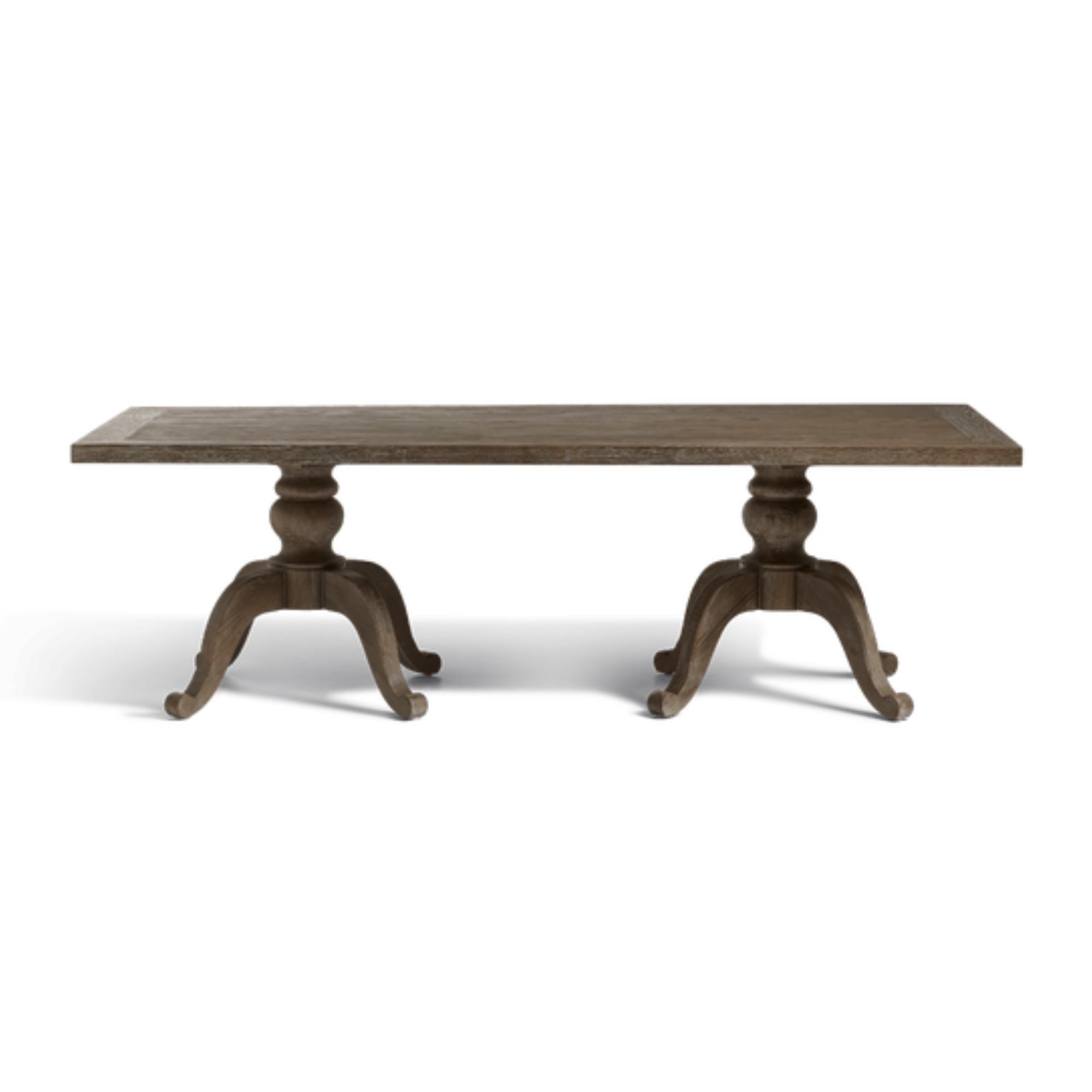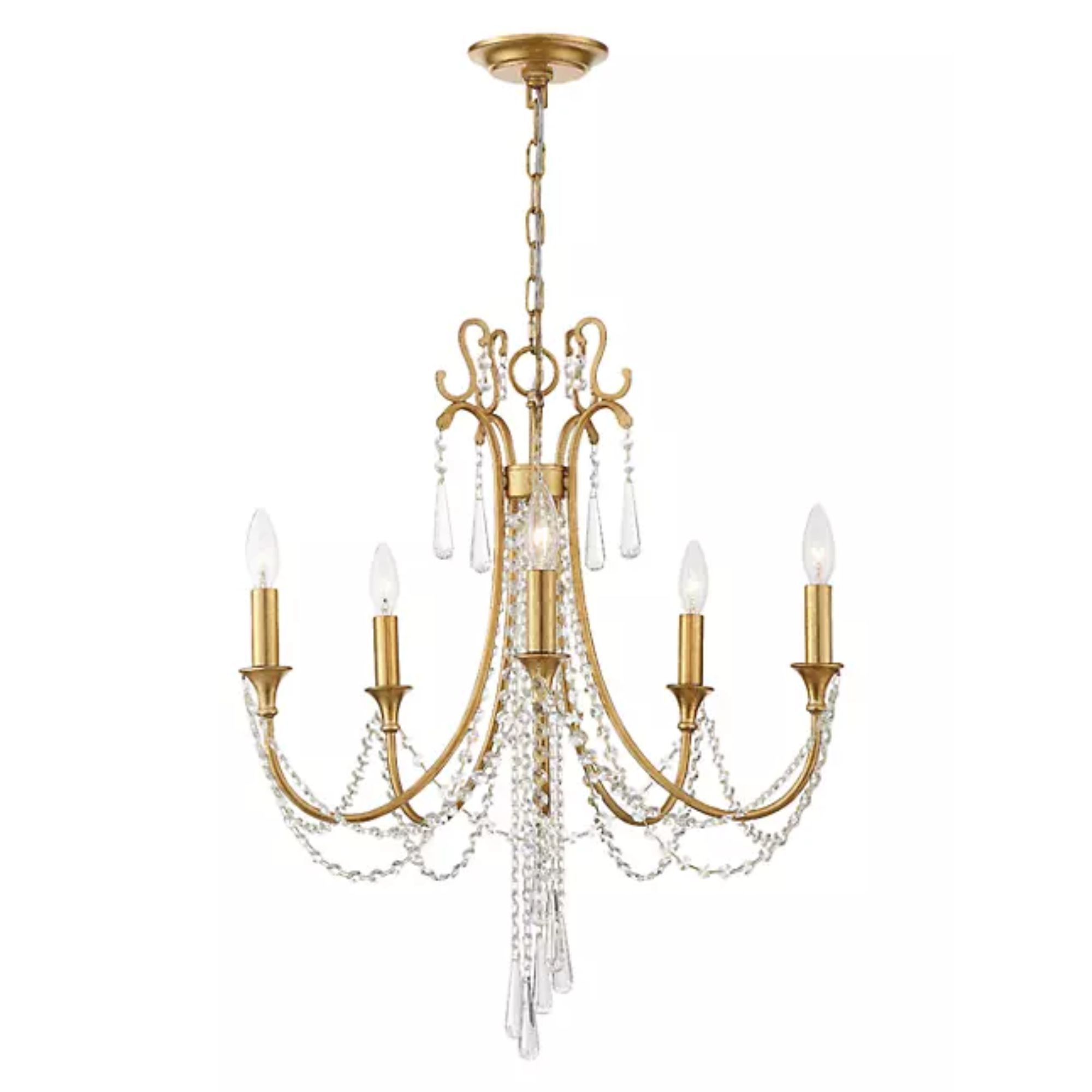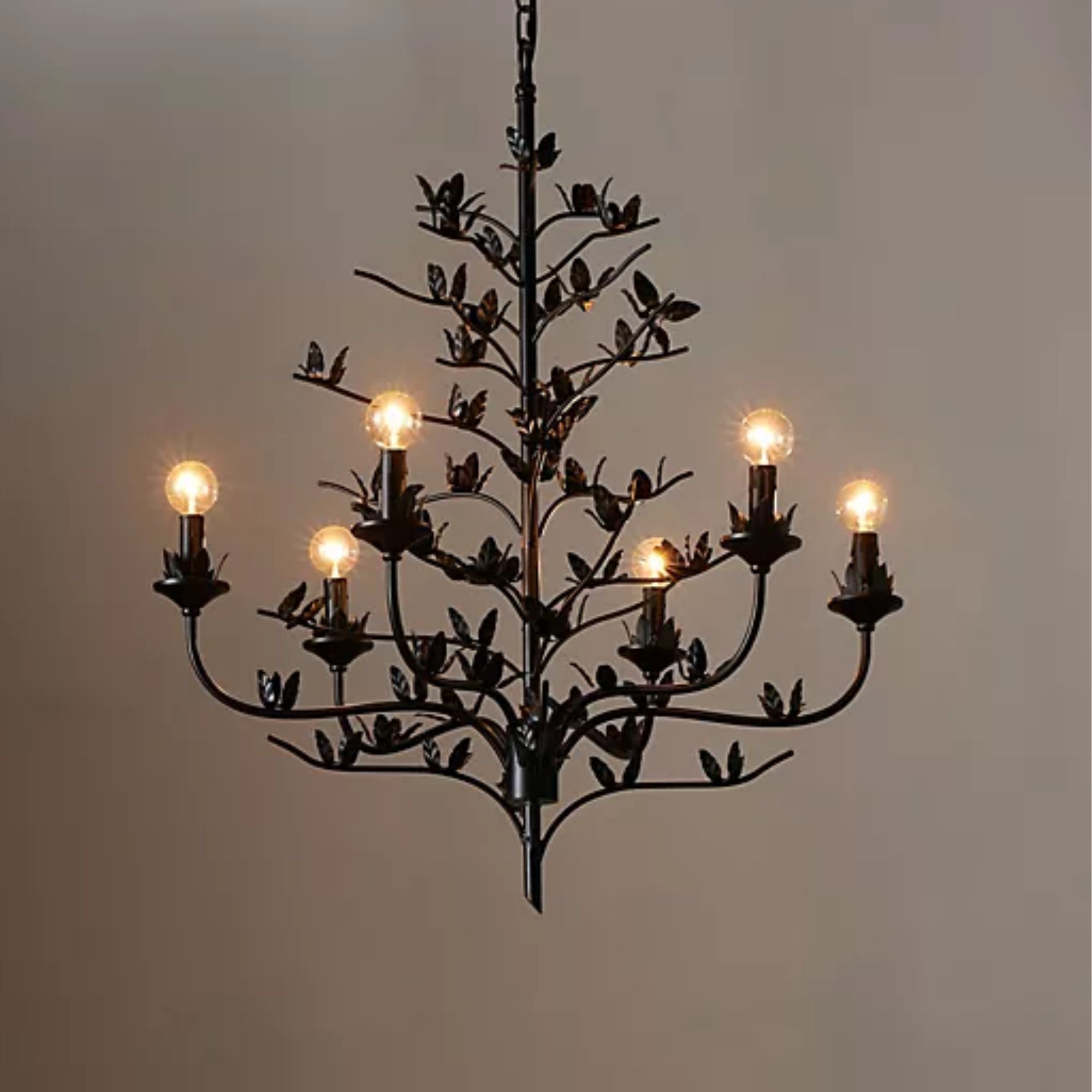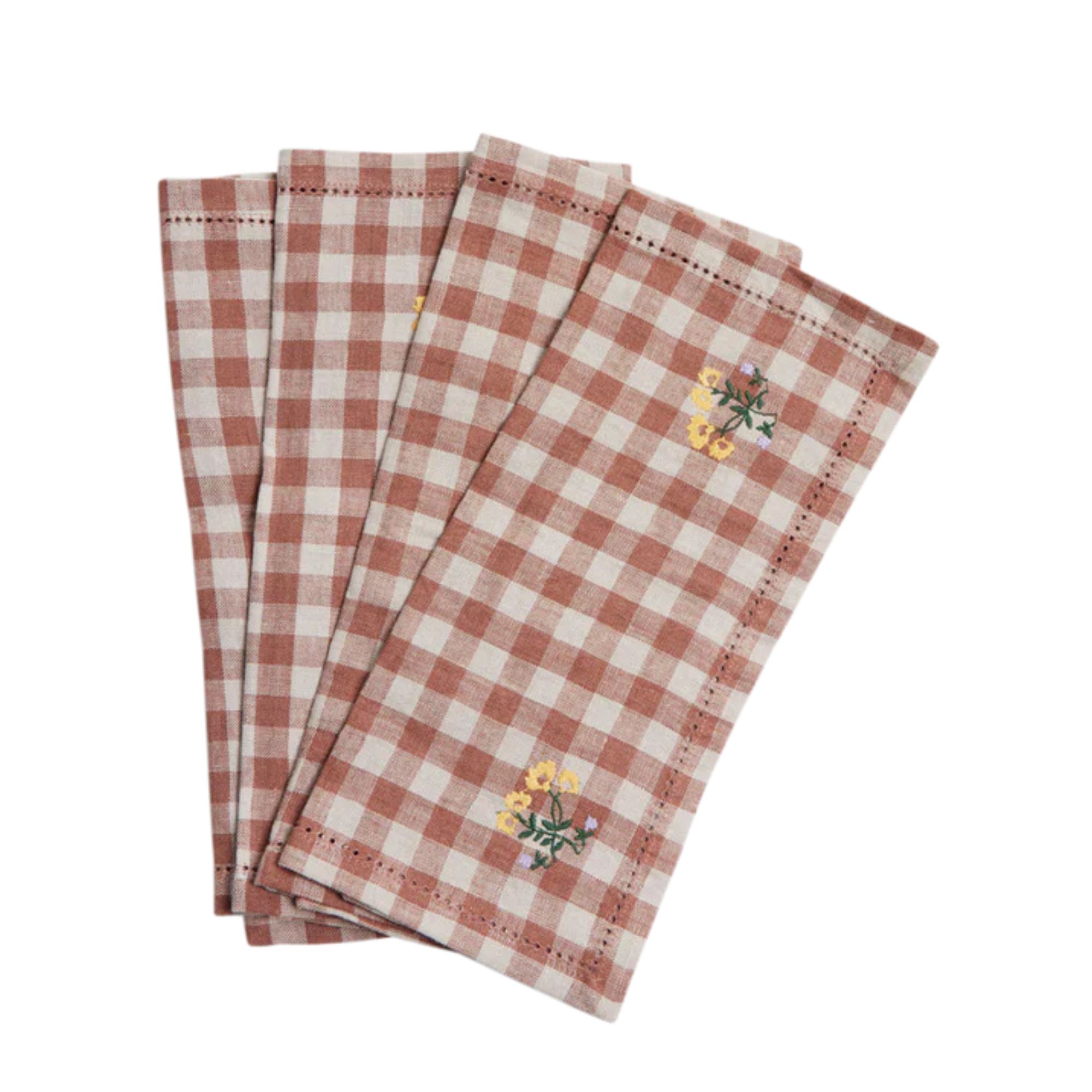5 French country dining room ideas that deliver a rustic and refined aesthetic
Polished but not perfect, these French country dining rooms are sure to inspire


A French country dining room is meant to be warm, welcoming, and a little bit rustic. They have a certain je ne sais quoi that can be hard to put your finger on. But fret not, we have managed to nail down what makes the timeless charm of this interior design style quite so special.
Effortlessly blending the feeling of countryside living with more sophisticated, luxury details, French country decor embraces natural materials and soothing hues with gilded antique accents for a scheme that would look as much at home in Paris as in a French farmhouse. The hero of this style is its ability to evoke a sense of casual elegance that feels both comfortable and opulent.
So while you don't have to live in France to add some old-world European charm to your dining room, you do have to tick off certain design rules. Here, we spoke to interior designers to help inspire you to create a beautiful French country dining room.
5 French Country Dining Room Ideas
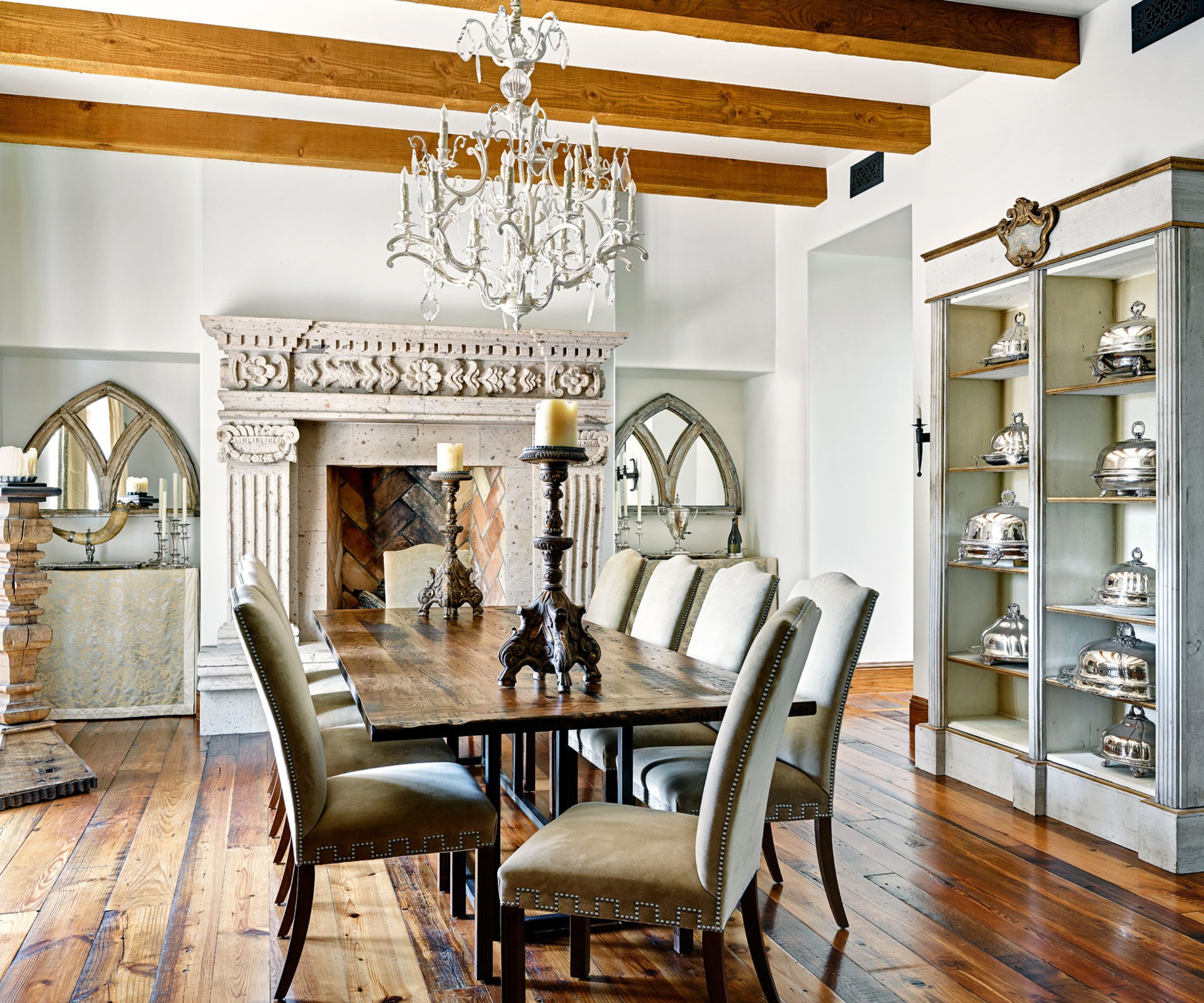
French country design celebrates the beauty of imperfection to create spaces that exude warmth and authenticity. From weathered wooden tables to intricate accents, every element is thoughtfully chosen to evoke the charm of a quaint French home. Whether you're drawn to the cozy warmth of a Provencal-inspired setting or the sophistication of a Parisian apartment, these 5 French country dining room ideas promise to inspire.
1. Choose a subtle, soft color palette

Like starting a mood board, you want to begin with the color palette and build your scheme around that. For a French country decor style, decorating with neutrals is a failproof way to create a serene space.
Think soft pastels, creams, off-whites, and warm earth tones like muted blues and greens. These colors reflect the soft, diffused light of the French countryside, creating a sense of authenticity to the design. French country style is all about layering textures, so neutral tones will provide a versatile backdrop for layering color through furnishings and accessories. You can then add softness and warmth with plush upholstery in muted tones, and introduce pops of color through throw pillows, rugs, and artwork.
Wallpaper, pattern, and print are also welcome here. 'Your decor doesn’t need to be pristine – far from it,' says Benji Lewis, an interior designer who works between London and France. 'On the contrary, there’s a big case for not over-renovating a home to achieve a look of rustic charm. So, if you have walls with peeling paper then leave them alone, unless, of course, it’s a vinyl type paper... in which case remove it ASAP,' he advises.
Design expertise in your inbox – from inspiring decorating ideas and beautiful celebrity homes to practical gardening advice and shopping round-ups.
2. Center the room around a large farmhouse table

The centerpiece of any dining room is undoubtedly the table. For a French country aesthetic, a rustic farmhouse-style table will look sturdy yet inviting and help to entice large gatherings of family and friends. Crafted from reclaimed or distressed wood, these tables exude charm while providing ample seating for parties of all sizes.
'Set the tone for a French country dining room by anchoring the space with a beautiful wooden dining table, complete with details like ornate woodworking and a bit of artful weathering on the wood,' suggests interior designer Kathy Kuo. 'Accent your table with pieces like linen-covered chairs with nailhead trim, an intricate chandelier, and an antiqued wall mirror. Slightly rustic table linen and traditional stoneware vases and pitchers also help to enhance a Provencal aesthetic,' advises Kathy.
Benji agrees. 'You really want your guests to be comfortable and stay at the dining table to make whatever occasion you’re enjoying as lovely as possible, so consider using comfy armchairs as dining chairs,' he suggests. 'An upholstered seat is going to be far more conducive for this than a wooden bench.'
3. Hang dramatic and dynamic lighting

As we all know, lighting plays a pivotal role in setting the mood for dinner. Too low and no one will be able to see what you're serving up, but too bright and the entire meal will feel sterile and austere.
'A French country dining room should be warm, welcoming, and casual with dramatic lighting,' says interior designer Gray Walker. 'A hand-painted table, high-backed chairs atop a natural rug with grand lighting, and a few prominent antiques will create this aesthetic,' she advises.
Opt for fixtures that exude character and charm, such as wrought iron chandeliers or vintage-inspired pendant lights, to create a sense of drama and intrigue – but be sure not to overwhelm the space. Combining overhead lighting with wall sconces, table lamps, and candlelight allows you to create an ambient glow for all manner of occasions.
'Including candlelight on your dining table is imperative,' says Benji. 'I like to position a tea light at each place setting and then I use tall glass candle holders at different heights in the center of the table. However, candlelight alone will likely not suffice for the practical purpose of eating – so back up the ambient lighting with a table lamp or two.'
'I love an antique chandelier, not for the light they give but for the decorative impact they provide,' he adds. 'Position one centrally over the dining table but be sure to have it on a dimmer so that you’re not eating under the glare of overhead light.'
4. All French country dining room should have some antiques

Antique pieces add a sense of authenticity and charm to French country interiors, infusing the space with stories of bygone eras. From weathered chairs to intricately carved buffets, decorating with antiques will anchor the room in tradition.
Look for pieces that showcase unique detailing. Antique furniture with hand-carved accents and distressed finishes adds texture and depth to the space, giving you that sense of rustic-meets-refinement. Incorporating pieces with a rich patina adds character to the room, suggests Benji Lewis.
'A vintage buffet or sideboard is integral to include in your dining room,' he suggests. 'I prefer these to a console for the simple reason that you can store the crockery you use on the dining table within the cupboards.'
In addition to furniture vintage accessories and decor accents can also work in a French country dining room. Vintage textiles like embroidered table linens and curtains bring a sense of romance to the space that is so intrinsic to the design style. Accessorize with silverware, crystal glassware, and porcelain dishes to elevate the dining experience for both you and your guests.
5. Dress the table with linens and florals
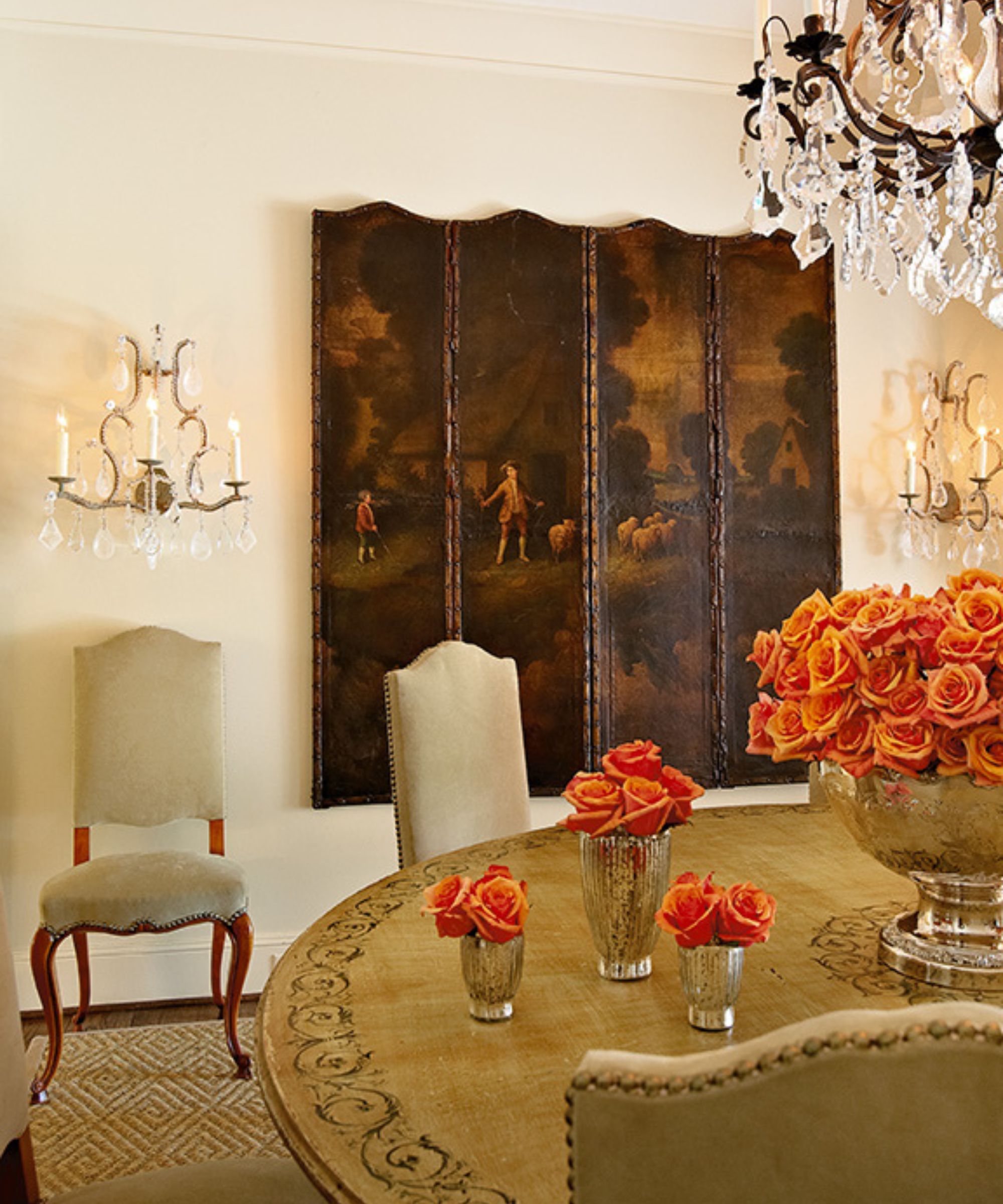
When dressing the table, consider the role of your linens and decorative centerpieces in the overall scheme. Select linens that reflect the relaxed sophistication of French country style like tablecloths and napkins in muted tones or delicate patterns to evoke the charm of a French farmhouse.
'The French do antique linen so well, to create a feeling of relaxed glamour use crisp white napkins with vintage napkin rings,' advises Benji. 'Large napkins have an extra decadence about them, if you can’t find these then look for a set of antique tea towels and substitute these as napkins instead,' he suggests.
Fresh florals will also add color and vibrancy to the space and are a hallmark of French country dining room decor. Incorporating florals into the centerpiece or as individual place settings with bud vases will bring a touch of whimsy to the dinner table, creating a feast for the senses. 'Cut flowers from the garden are great to include in a preloved porcelain vase,' adds Benji.
The dining table is where memories are made and stories are shared, so by dressing the table with care and attention to detail, you can create a dining experience that is as beautiful as it is memorable.
French country dining rooms combine welcoming rustic comfort with refinement and elegance. Using a warming color palette, patinated materials, subtle patterns, and antique accents, this ever-popular aesthetic creates an inviting, polished, and lived-in look. Get inspired by these ideas from interior designers to help you strike a balance of old meets new and rustic meets refined in your home.

Charlotte is the style and trends editor at Homes and Gardens and has been with the team since Christmas 2023. Following a 5 year career in Fashion, she has worked at many women's glossy magazines including Grazia, Stylist, and Hello!, and as Interiors Editor for British heritage department store Liberty. Her role at H&G fuses her love of style with her passion for interior design, and she is currently undergoing her second home renovation - you can follow her journey over on @olbyhome

